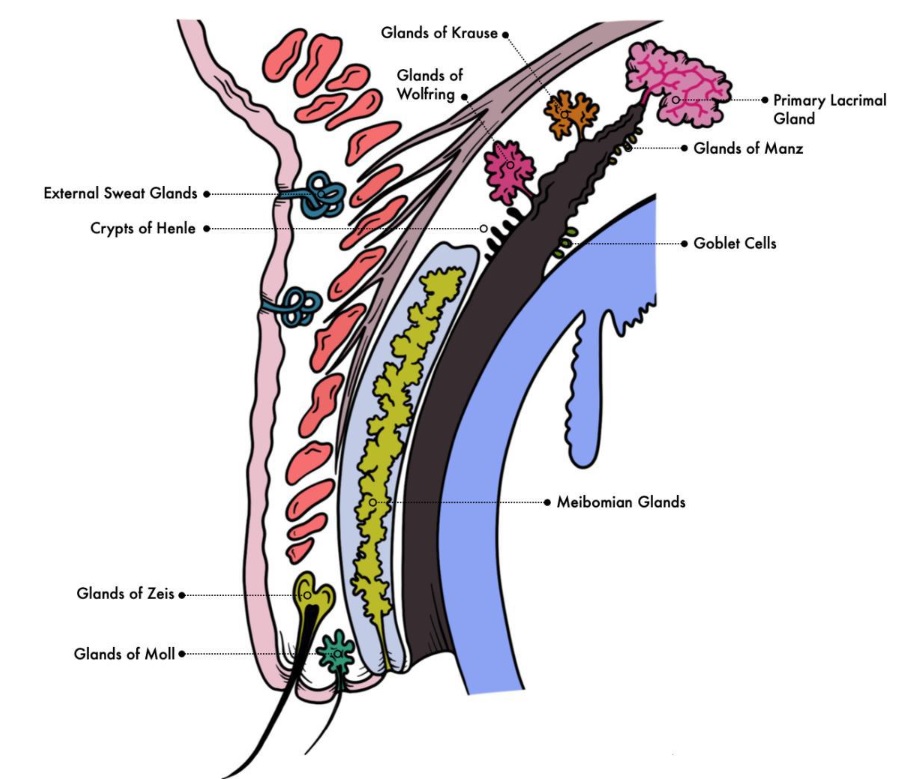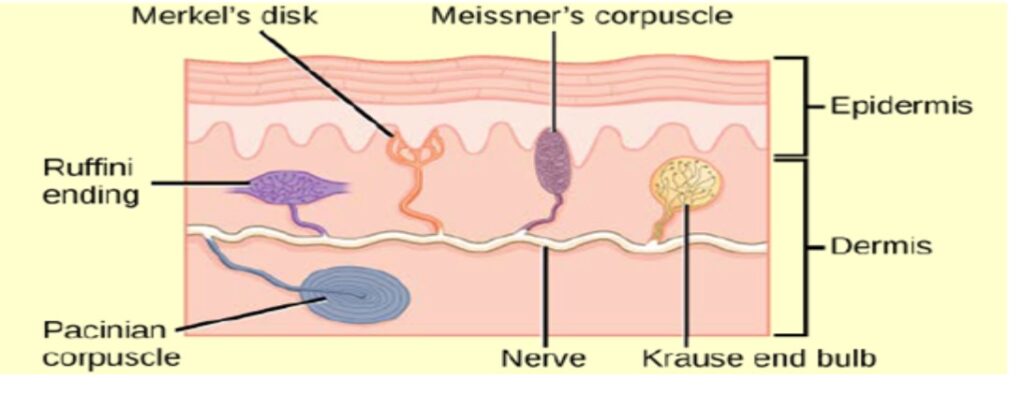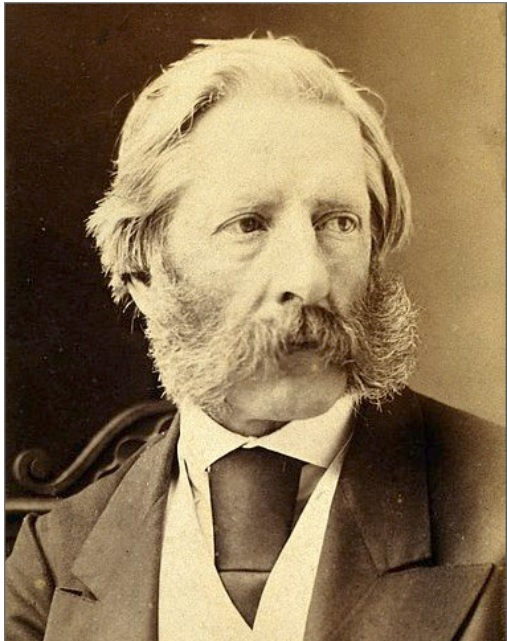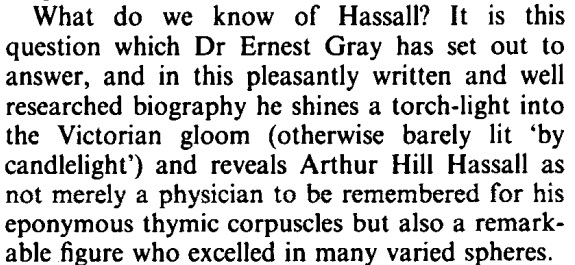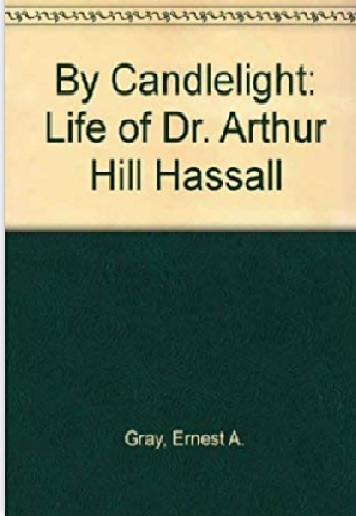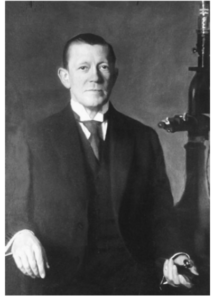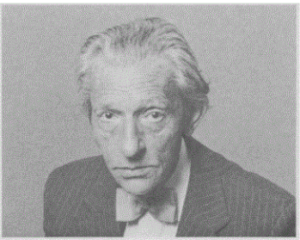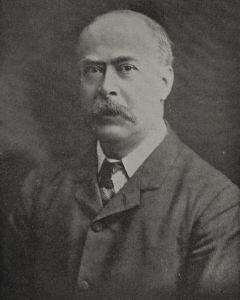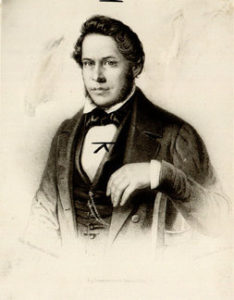Snellen and his visual acuity chart
A day in an optometry clinic or vision camp doesn’t go without a visual acuity chart. Although there are various types of charts, the most common one is Snellen visual acuity chart. Herman Snellen (February 19, 1834 – January 18, 1908), a dutch ophthalmologist developed the chart in 1862 to measure visual acuity. Today, Jan 18 marks his death anniversary.
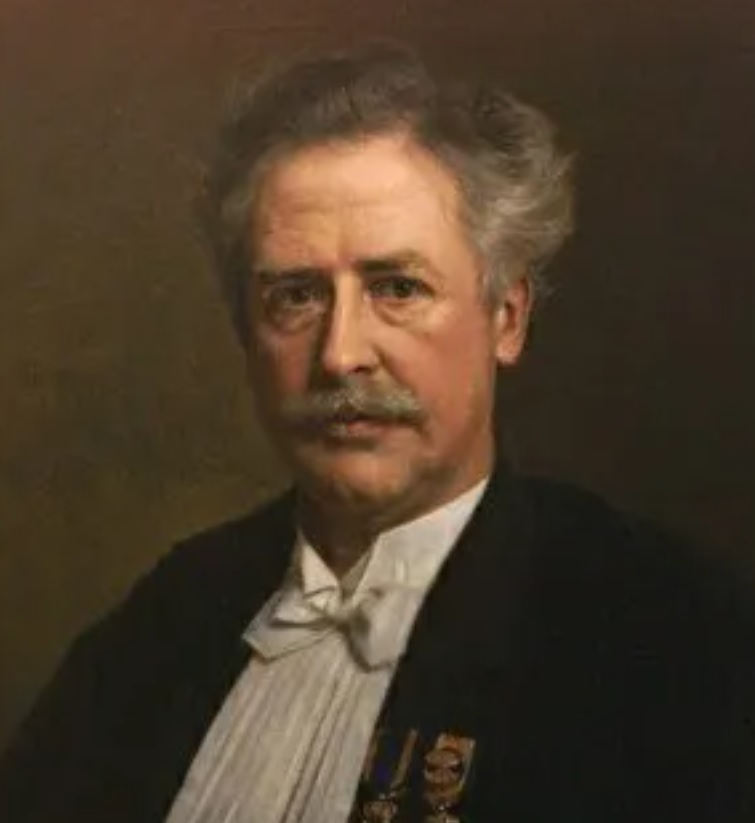
The chart has 11 lines of optotypes constructed as per strict geomteric rules. Each row of letters is assigned a ratio which indicates the visual acuity required to read it, and the ratio for the lowest line a person can read represents the individual’s visual acuity for that eye. A ratio less than 1 (for instance, 6/10) indicates worse-than-normal vision; a ratio greater than 1 (for instance, 6/5) indicates better than normal vision.
Want to learn how to make a visual acuity chart?
Conversely there are some controversies in using Snellen as a standard chart:
- The number of letters increases from top to bottom. This might cause visual crowding to some patients and reduce the visual acuity than the actual vision.
- The ratio difference between cosecutive lines is not similar and does not follow a particular order
- Spacing between the rows and letters is not similar or does not follow a linear or exponential order
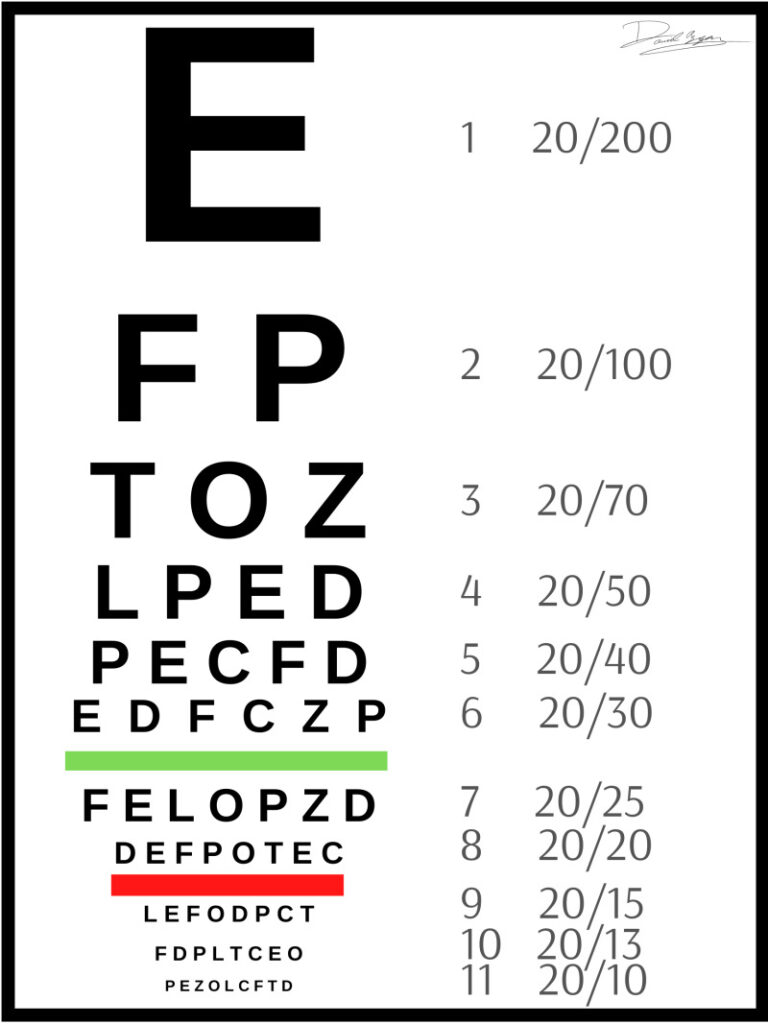
Another interesting invention of Snellen was designing a light hollow prosthesis along with Muller brothers in 1892. The shell prosthesis was originally placed over atrophic eye and used after enucleation. This caused serious discomfort for the patient. To avoid this problem, Snellen designed a hollow prosthesis that could fill the space and fix in the socket well. This has been a real success in those times.
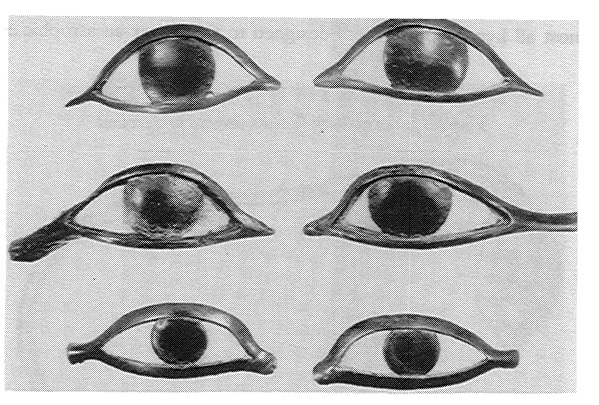
Herman Snellen (1834-1908) studied medicine in Utrecht and wrote a thesis under the guidance of Franciscus Donders (1818-1889). Yes, he was the Donders who introduced prismatic and cylindrical lenses for managing astigmatism and invented impression tonometer.
He invented numerous surgical procedures. These also include equipments related to entropion, ectropion, and trichiasis. Next time when you walk into an optical store and look at a big E on the top of a chart, remember the mastermind behind the chart is Snellen.
